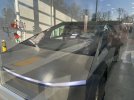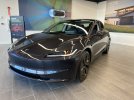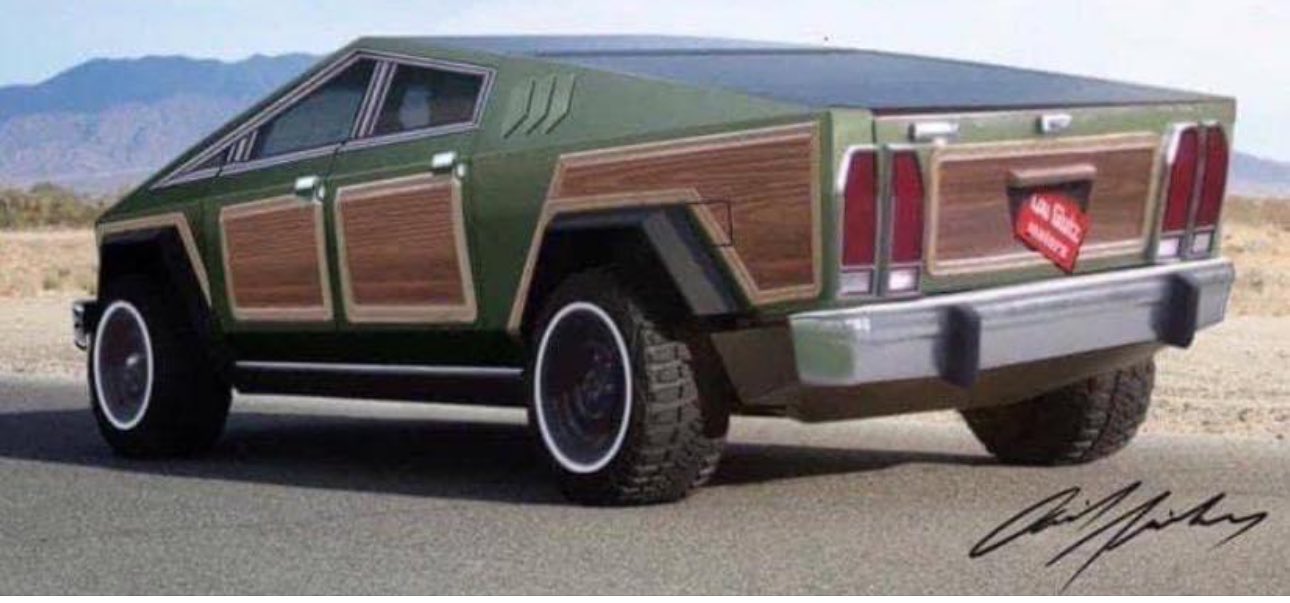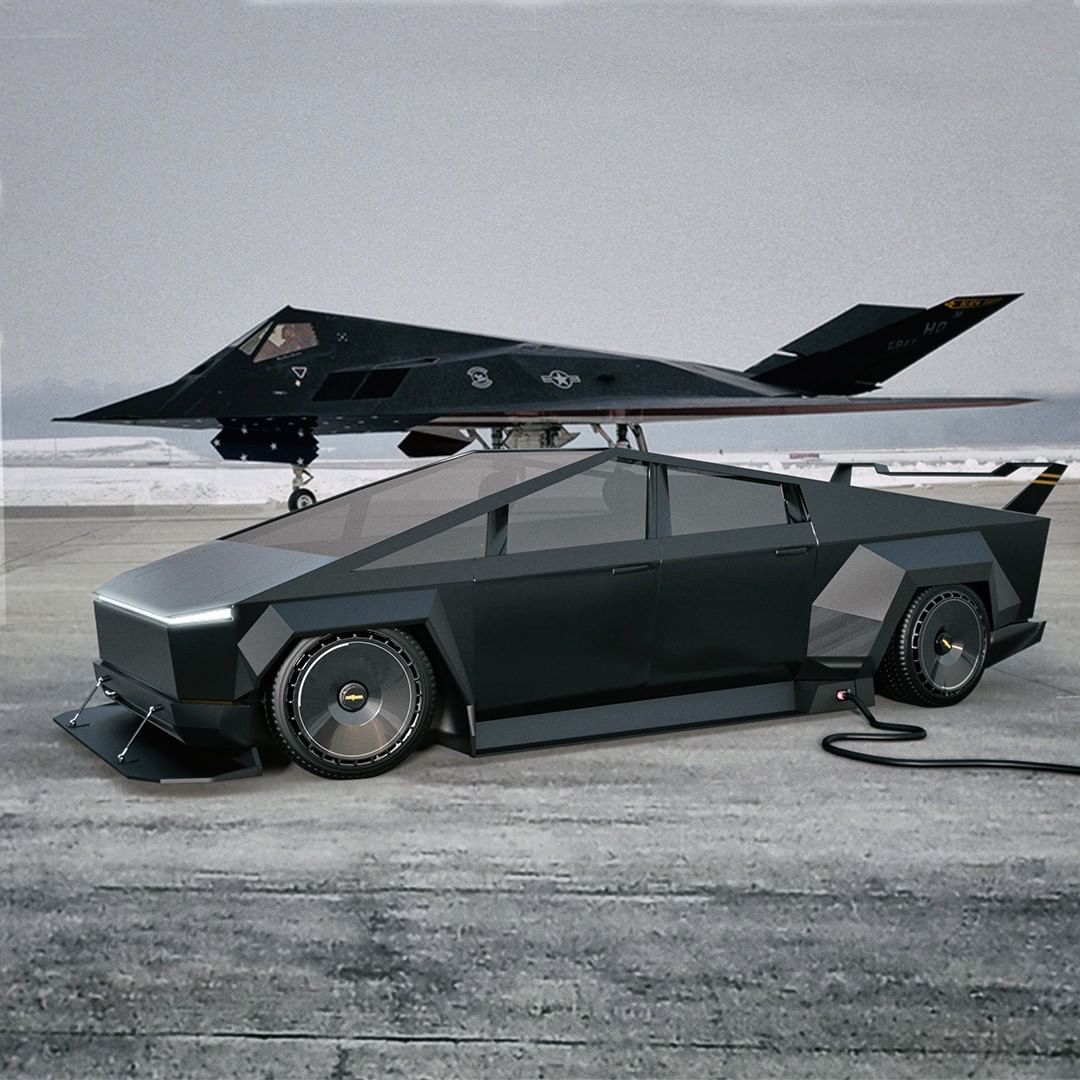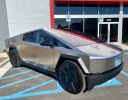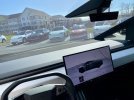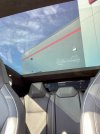They're not saying the batteries are the primary power source, rather that they can eliminate primary power sources other than wind and solar, while solving problems with California's fragile electrical grid. Overlooking that wind and solar only meet 1/3 of California's electrical needs, and that same fragile grid would still be needed to move power to and from the EVs.
Some quotes from the link are below:
Nancy Skinner’s bill,
SB233. This legislation will require most new electric vehicles sold in California to be bidirectional by 2035, laying the foundation for EVs to power homes and businesses, lower our energy bills, clean the air and make the electricity grid more reliable.
With millions of EV batteries
storing abundant clean energy during the day and sending that power back to the grid during peak hours, we can finally say goodbye to gas plants and the thousands of noisy, dirty diesel generators that have been purchased in recent years. (Uh...peak hours are
during the day)
Even better, EVs are “batteries on wheels” that can be moved where they’re needed most during heat waves, fires and associated power shutoffs, like backing up hospitals, schools, fire stations and community cooling centers.
What’s more, making EVs bidirectional typically costs only a
few hundred dollars per vehicle and gives owners a chance to save on their electricity bills, so it won’t put electric cars out of reach for middle-income and low-income families. (the economic logic of that was well-captured by the graphic
@Bob Noel posted above)



